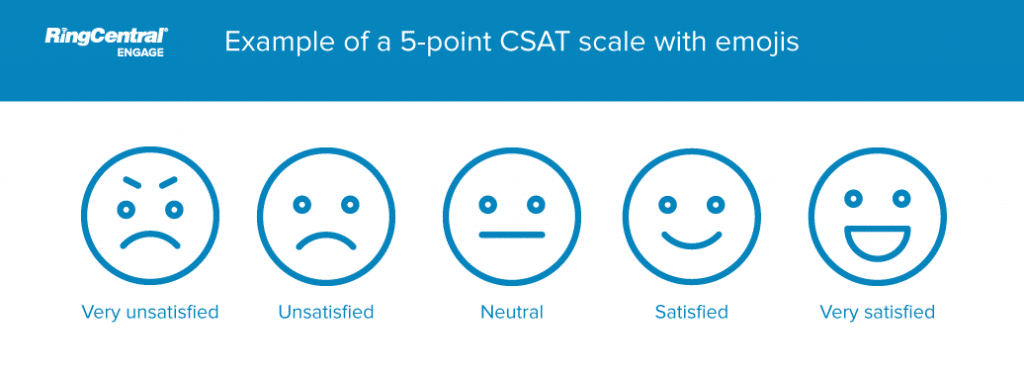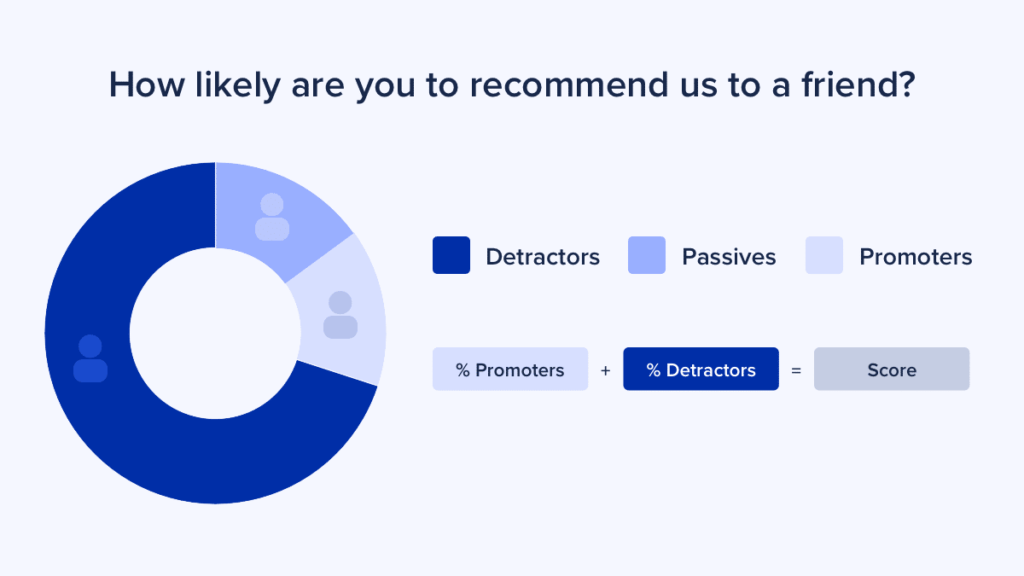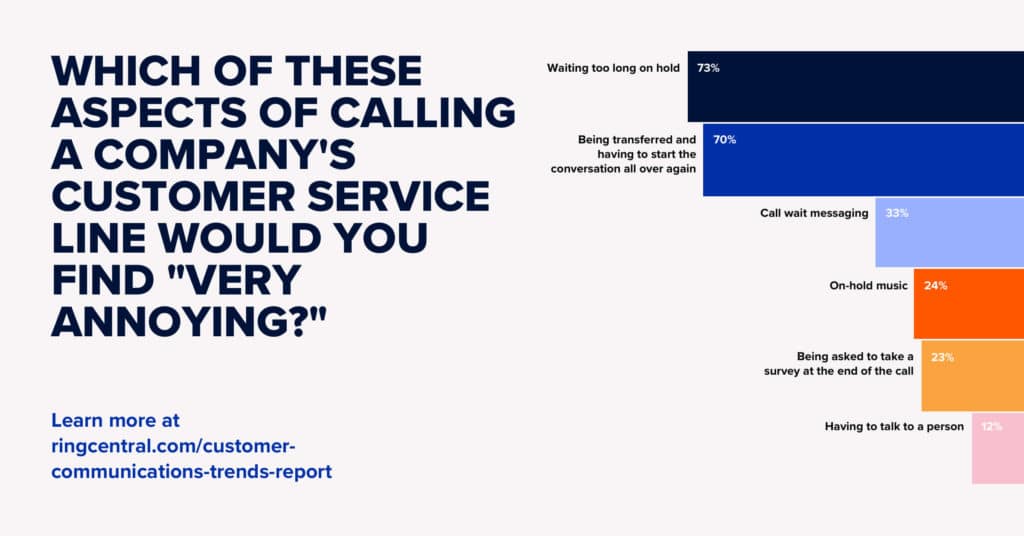Think about the last time you bought something from a brand that you’re fond of. It can be an item of clothing, a skincare product, a meal, furniture—anything, really. What’s important is that you bought it from a brand that you know and like.
The fact that you know and like this brand means you’ve probably had experiences with them in the past. And these experiences could run the gamut from in-store visits to emails to catching a glimpse of an advertisement on the subway. Whatever the experience was, it was all part of the brand’s customer experience (CX) strategy.
And despite how complex that term may sound, it’s not that hard to build your own and put it into play. We’ve built our software around customer communication, so we know a thing or two about helping brands to connect with their customers and refine their experiences. The better your customer communication, the easier it’ll be to build your customer experience strategy.
And the good news is, even with a tight budget or a small team, it’s totally possible. We should know; we designed a contact center platform that’s designed to make life easier for small CX teams that need to handle customer questions and relationships across multiple platforms. (More on that later if you’re interested.)
In this article, we’ll talk about:
- What a customer experience strategy is
- How to start developing a customer experience strategy in 2 simple steps
- 5 essential elements that every customer experience strategy needs
🔍 Access Metrigy’s free report to learn more about the 2022 state of customer experience technology.
What is a “customer experience strategy”—and why does it matter?
The customer experience refers to every interaction a customer has with your brand including pre- and post-purchase. Therefore, a customer experience strategy is a plan that outlines how you’re going to provide an awesome customer experience, including every action taken by a brand to exert an effect on those experiences.
Careful not to mistake tactics for strategy (and vice versa). Tactics are specific things you do, like “Engage more with customers on social media,” whereas a strategy is a plan (that should include a few tactics).
Some brands barely have a strategy in place, and others put exhaustive amounts of time into developing, refining, and perfecting it. Here’s why it matters: whether or not you have a strategy, customers are going to be experiencing your brand. Maybe it’ll be a short and uninspiring experience. Or maybe it’ll be one that piques their interest.
It’s up to you. Too many businesses let this fall by the wayside. Perhaps it seems intimidating. But it shouldn’t—laying out a basic framework for a customer experience strategy doesn’t take that much time. And the rewards of having a consistent customer experience will pay off as customers notice.
An example of how to build a CX strategy
To help you visualize this, let’s imagine a small family-run flower shop run by a middle-aged couple. The couple hires one part-time assistant. They plan their customer experience strategy like so:
- They set a goal for themselves: Increase purchases by 15%, with a secondary goal of creating more word-of-mouth buzz around the business. They decide that one way to get more potential purchases is to increase foot traffic to the store.
- One tactic they want to try? Start an Instagram account for their shop, where they post pictures of bouquet arrangements once a week. They ask customers to drop by and identify as many of the flowers in the bouquet as they can for a chance to win one for themselves.
- They put these arrangements in a highly visible place in their store, where they’ll grab attention, and promote this contest in-store as well.
- They make an effort to remember customers—their names, their guesses—and educate them about flowers, filling in the blanks for them about the flowers they don’t know.
- As the weeks go by, they track the engagement with their posts, they track the number of contest entries, and they track the number of purchases. Perhaps they’ll find that certain flower types increase the engagement they get. Maybe more exotic types spur more interest. They see happy customers posting beautiful pictures of their bouquets on Instagram—and even on Facebook and Twitter as well—and they share these posts while giving those customers a shout-out and extending those positive relationships online.
You’ll notice that this plan spans both the pre-purchase and post-purchase stages of the customer experience. It includes multiple tactics, and has clear goals that are measurable and ambitious, but attainable. Overall, it’s a pretty sound strategy for building a great customer experience for a small business.
This plan could probably be applied to a variety of small businesses outside the floral industry, with minor tweaks.
Remember, companies build their customer experience strategies around how they want their customers to experience their brand. For florists, creating a sense of wonder around their arrangements is high-priority. But these goals will differ depending on industry.
For example, most fast-food restaurants are centered around speed. These companies recognize this, and they’re all about fast service and fast turnover for lower prices. When customers go to these kinds of places, they know what kind of experience to expect.
Now consider a fancier restaurant, where the servers wear sparkling-clean aprons and your table’s covered with a spot-free tablecloth. Is this the kind of place where you’d expect a speedy meal for a low price? Definitely not—if this place has advertisements that you’ve seen, they’re probably showcasing high-quality food served in a professional manner.
Places like these usually don’t even call their fries “fries.” Instead they’ll call them frites, or at least add a suffix to “fries” so customers know they’re not getting the usual fast food-style French fries. This is all part of the customer experience.
Fancy restaurants and fast-food places might cater to different audiences, but in the end, they’re serving the same people. The difference is that they’re fulfilling a specific need, and much of their operations are built around meeting those needs and even anticipating them. This customer need, anticipation, is important to the overall customer experience strategy: if you can anticipate what they want, you can refine your strategy to surpass their desires and create truly loyal customers.
How to start developing a customer experience strategy in 2 simple steps
If you’re a small business owner, you already have something big going for you, simply by virtue of being a small business owner: you’re more relatable than a huge and faceless corporation. Small businesses are labors of love, and people recognize that. Your business is much more personal than the Starbucks down the street.
Hanging onto that relatability isn’t one of our key steps in developing a customer experience strategy, though we’d highly advise it. Relatability is a good step to earning loyalty. And with that said, keeping relatability in mind, here are two concrete actions you can take in developing your customer experience strategy.
1. Write a creed
One very useful tool in your strategy-building toolbox is a creed. If that sounds too cult-like, don’t worry—you can call it whatever you like. Principles, guidelines, or however else you’d like to define them.
Zappos, for example, calls their creed their “core values.” It’s made up of 10 simple statements, from “deliver wow through service” and “create fun and a little weirdness” to “be humble.”1 Ten statements for every Zappos employee to get behind:

And they’re doing pretty well with it so far.
Define your creed as soon as possible, based on your vision for your business and how you want to serve your customers. Turn to it whenever needed, especially when making important decisions. Remember, consistency is key! If a part of your creed is to deliver high-quality products to customers, do you really want to skimp on material costs? If your creed encourages going above and beyond, should you be refusing a customer with a coupon that expired yesterday?
Your creed defines you. Next, you need to define your customers.
2. Know your customer personas
Coming up with customer descriptions is generally a good idea for a business—it can help you brainstorm ideas for how to best assist certain archetypes, or personas. Think about the kinds of people that you want to be doing business with, and how to attract them. For example: “Alex is in their 40s, has two kids under 10 years old, and works full-time. Alex wants to spend more time with their kids and less time cooking. Therefore, Alex is the perfect customer for our pre-prepared meals.”
Between your creed and your customer descriptions, you’ll have a solid foundation for how your business operates and how it connects with customers. Your advertisements, your email marketing, your customer outreach—all of these will be informed by the guidelines you’ve set and the customers you’re connecting with.
Every company’s customer experience strategy will be different. But on top of your creed and your customer descriptions, there are a few other things that every customer experience strategy should include.
5 important elements in a good customer experience strategy
1. A roadmap
A customer experience strategy is going to change over time. A roadmap is the best way to be prepared for these changes and to collect information on their deployment.
Planning a new email marketing campaign? Put it on your roadmap. Launching a new product? Well, let’s be honest, that should already be on a roadmap. But it should be on your customer experience strategy one, too.
2. A feedback culture
Collecting customer feedback is an absolute must for any company. Since no company is perfect, there’s always going to be feedback and complaints. Don’t be intimidated! Instead of seeing complaints as threats, view them as a way to improve your business.
Actively seeking out feedback can minimize the threat of major blowouts or embarrassments down the road. Unfiltered complaints, while hard to read, are important learning experiences. At the end of the day, that customer left a complaint because they had a negative experience. And improving the customer experience is what it’s all about.
One thing we want to note here: a feedback culture shouldn’t just be about customer feedback. Feedback is enormously important for your coworkers, too, and building it into your processes will help your employees and your business. So give feedback freely, and encourage it from your employees as well.
Unsure of how to go about collecting and recording customer feedback? Customer service software tools like RingCentral Contact Center™ are built to facilitate contact with customers. For example, with RingCentral’s platform, one customer can contact you through multiple channels (like Instagram, Facebook, and email), and it’ll automatically merge all those different conversations into one cohesive customer profile:
That makes it easier for you, since you don’t have to jump between windows and accounts to see if a certain customer has reached out to you before, and you can see your full conversation history in one handy place.
3. Measuring and tracking customer satisfaction
Any good strategy needs a way of measuring success. How are you going to know if your customer’s experiences are improving? How are you going to know if your strategy is working?
Profit numbers are important, but they don’t tell the whole story when it comes to understanding your customer experience. Take steps to actively measure and track satisfaction, then see how it’s impacted when you alter your strategy.
What’s the best way to do this? A customer satisfaction score, or CSAT for short, is one of the most common. To get this score, you simply ask customers how satisfied they were with their experience (this is usually done online, through email or your site, but can also be done on location with a tablet or something similar).
Use an easy-to-understand scale, like a rating from 1 to 5 where you define each end, or a series of faces showing unhappy/neutral/happy expressions:

Another method is the NPS, or Net Promoter Score. This asks the question “How likely is it that you would recommend our company/product/service to a friend or colleague?” The answer is scored on a scale from 1 to 10, with 1 being the lowest and 10 the highest.
The NPS is slightly different from the CSAT. It’s better at measuring loyalty. Happy customers aren’t necessarily likely to recommend your business to others, but loyal customers certainly are. You can also follow the NPS score with an open-ended question about how you can do better in the future:

If you’re following your customer experience analytics closely, you’ll know when new strategies are being implemented, so it’ll be easy to track the shifts as you try out new things. Tools like RingCentral Contact Center can help you collect responses through surveys, and then surface them in visual dashboards so that the results are instantly accessible.
Ideally, you’ll be incorporating all five of these elements into your customer experience strategy. But if you have to leave any of them out, don’t let it be this one. Track, measure, and continuously improve.
4. Employee enablement
A big part of having happy customers is having happy employees.
Make sure your employees are trained on your customer experience strategy, and that they have the tools they need to put it into practice. And by that we mean don’t just give them a phone and computer and wish them luck with the customers.
Make sure that your employees have what they need to succeed. That includes proper training and onboarding, along with the right tools. It may not seem like it’s worth the money to invest in fancy technology to help with your customer experience, but if a $20/month social media customer relationship management tool could give your overworked assistant the ability to do the work of two people, would that not be worth it?
Of course, technology isn’t always the answer to everything but sometimes, one good piece of software is enough to help you solve customer problems much more quickly and efficiently. Not only is that good for your own productivity, but it also reduces the need to transfer customers or put them on hold for long periods of time, which is one of the biggest annoyances for customers (plus it drastically improves your first contact resolution rate):
These kinds of improvements can have a compounding effect and go a long way in refining your business’ customer experience—without you having to hire more people or spend a ton in other areas.
5. Flexibility
Last but not least, remember that you still need to be flexible.
Nothing’s set in stone, and over time, you may realize that your customers are changing, or even that part of your strategy may need an overhaul.
Changing it shouldn’t be taken lightly, but if parts of it are no longer applicable to your business, it’s best to change it rather than trying to force the issue. Businesses grow and expand all the time, and what worked before to get you here won’t always get you to the next point.
And if you find that your customer base is changing, don’t be afraid to start doing more to attract your new demographic (without neglecting the previous ones too badly, of course). Strategies should be flexible. Embrace the change.
Having a good customer experience strategy can pay off—if you build it the right way
Has your business been around for a while, but you’ve never really considered the customer experience strategy? That’s okay! It’s never too late to start. Start writing your creed, and creating personas using your best customers—in fact, if you’ve already got operating experience, that’ll make this step easier.
Every touchpoint is an opportunity. With a good customer experience strategy, you’ll be optimizing every single one.
1zappos.com/about/what-we-live-by
Originally published Oct 28, 2020, updated Jan 30, 2023







